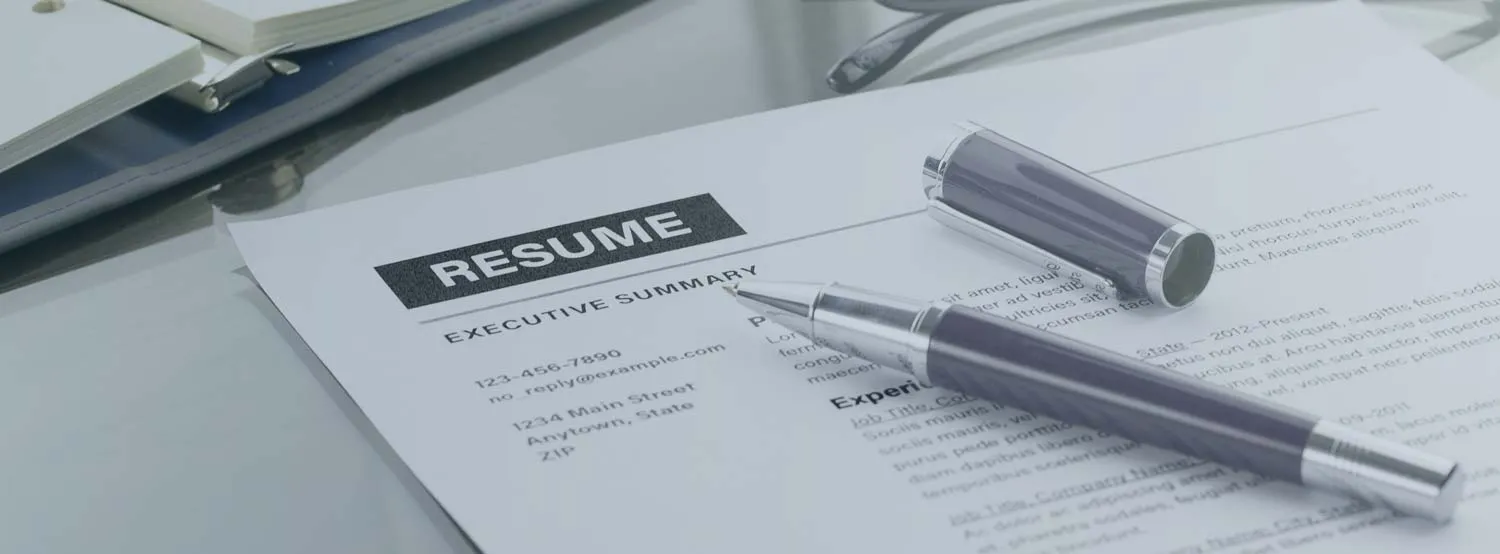Which Resume Section Is the Most Important?
Our customers have been hired by*:*Foot Note

When readers open your resume file or pick up a printed copy of your document, which sections do they notice first? Which ones do they actively search for? And which ones do they read and study for the longest time before moving on? Most important, which resume section plays the strongest role in a hiring decision, and what resume section order maximizes that part the most? There isn’t just one answer to this question—but it’s important to place the most emphasis on these three sections below.
Learning the answers to these questions can bring your job search to a close and put you on the path to your dream job.
Build my resume
The resume summary
The summary section ranks at the top of the list. Some resume reviewers actually quickly read through the resume summary before they even glance at the candidate’s name or read his or her cover letter.
The resume summary lets a reviewer know if the candidate is a serious applicant, if she or he holds the basic minimum level of qualification for and interest in the job, and if the candidate knows how to write well and present her or his background clearly. An incoherent, incomplete or totally inappropriate application won’t receive a full read, because employers will usually stop after the summary section.
Core competencies or skills section
If the summary is well written and presents the candidate as a likely match, reviewers usually move on to the core competencies or skills section, if the candidate has decided to include one. This section helps reviewers understand what the applicant does best, what he or she brings to the table, and what she or he plans to contribute to a chosen employer on a daily basis. This section is most helpful to employers who hire workers on a contract or project basis.
Build my resumeWork history
If both of the sections above have what it takes to grab and hold an employer’s attention, the reader will most likely move on to the work history section and take a close look at each of the applicant’s previous positions. The employer usually wants to make sure these past positions are relevant to the job at hand, show signs of growth and increasing skills and responsibilities, and demonstrate a candidate who does more than the minimum.
If each of these sections passes the test, the resume will usually be moved into the keep file and given a second review when it’s time to narrow the pool and extend interview invitations. If you start by building out each resume section listed above, your resume will have a strong backbone and its content will have its best chance of impressing hiring managers.






